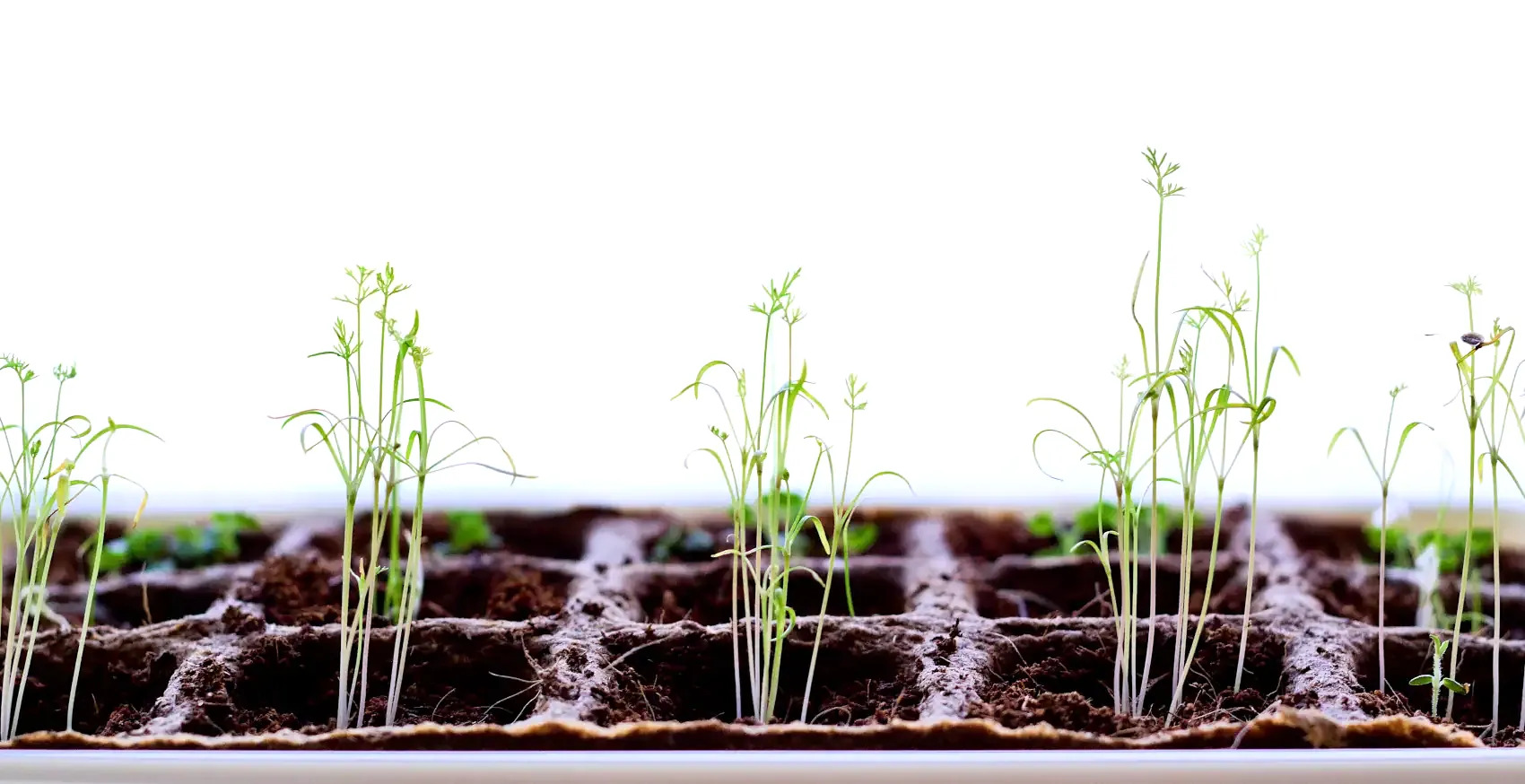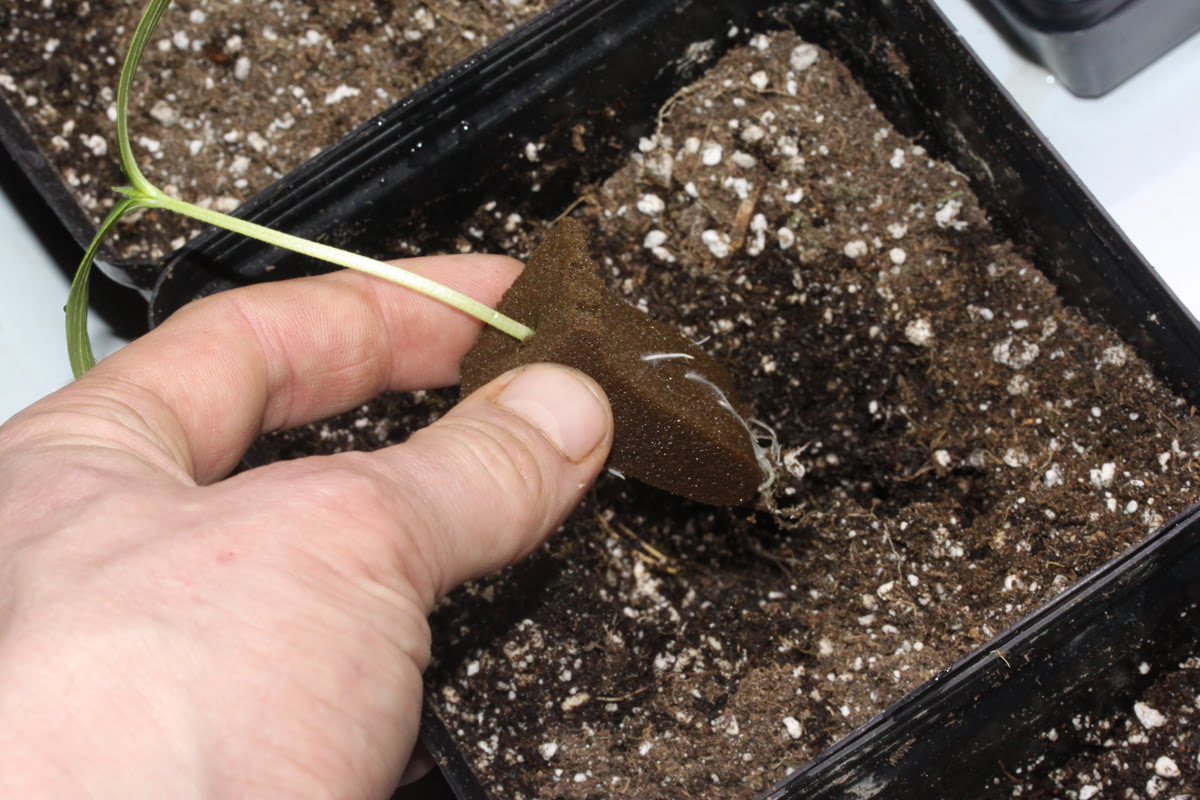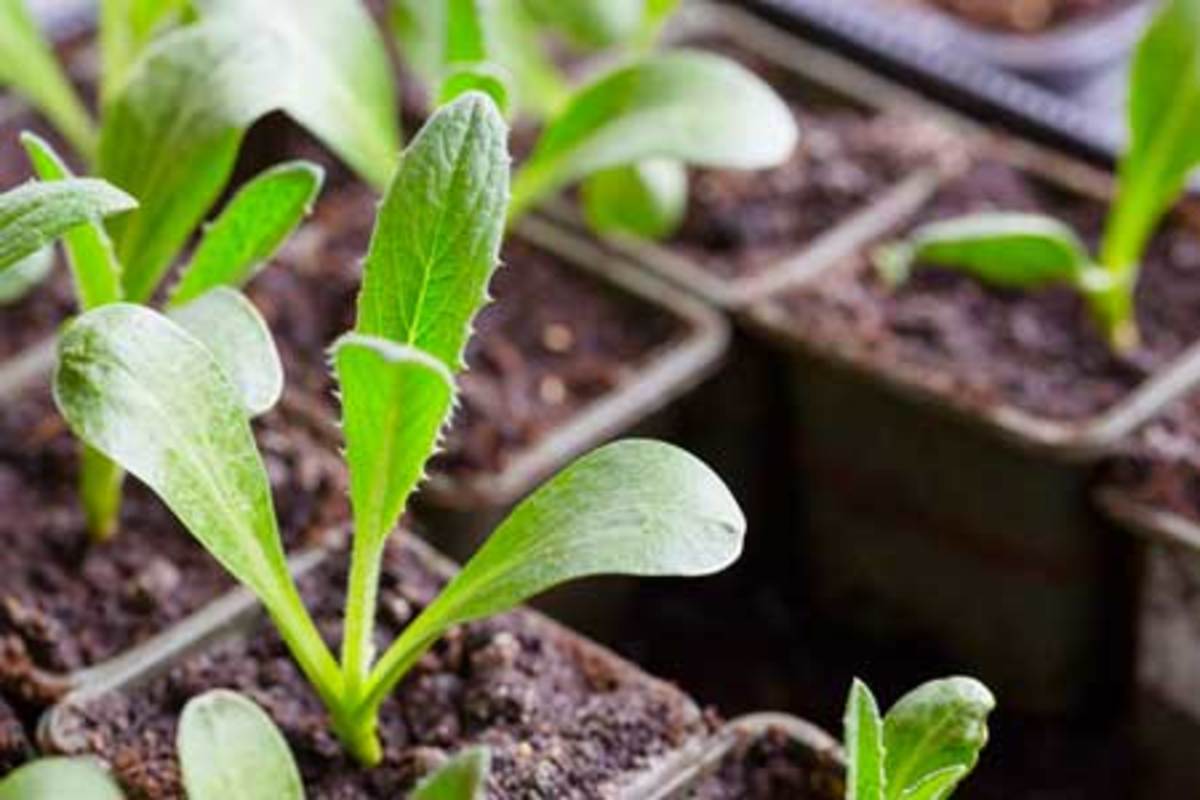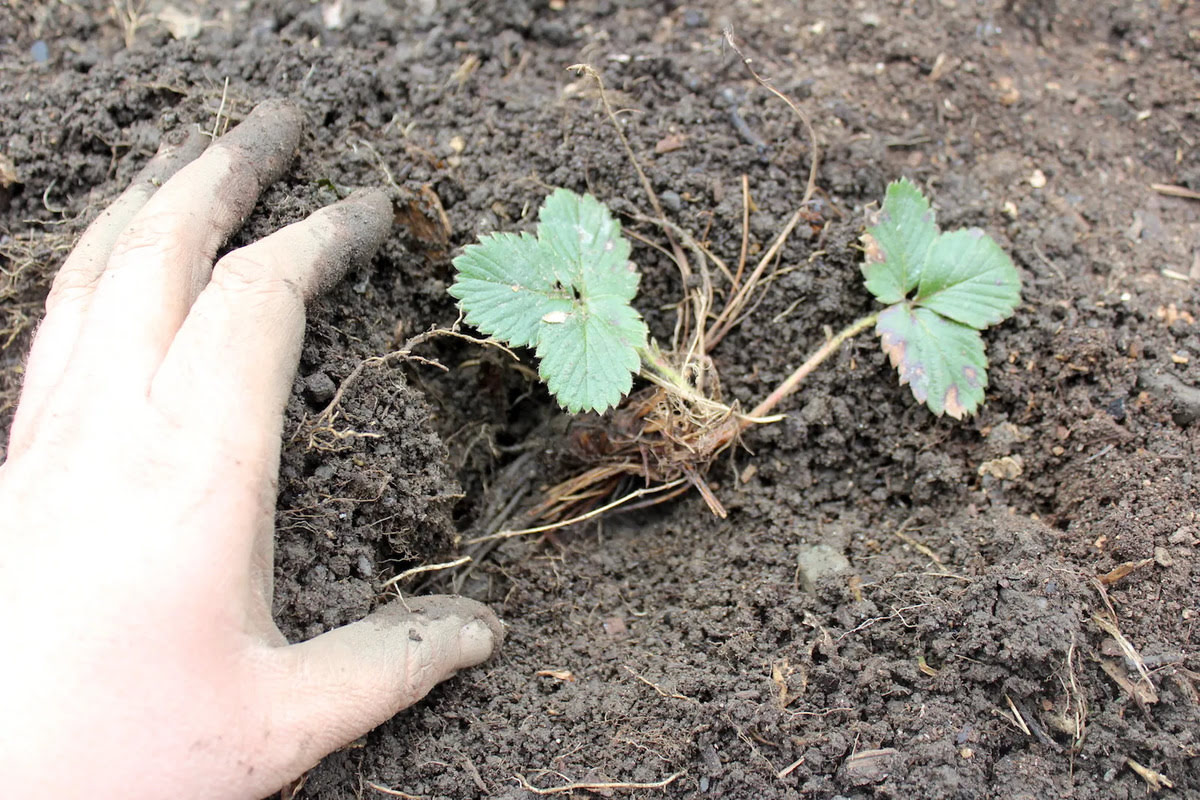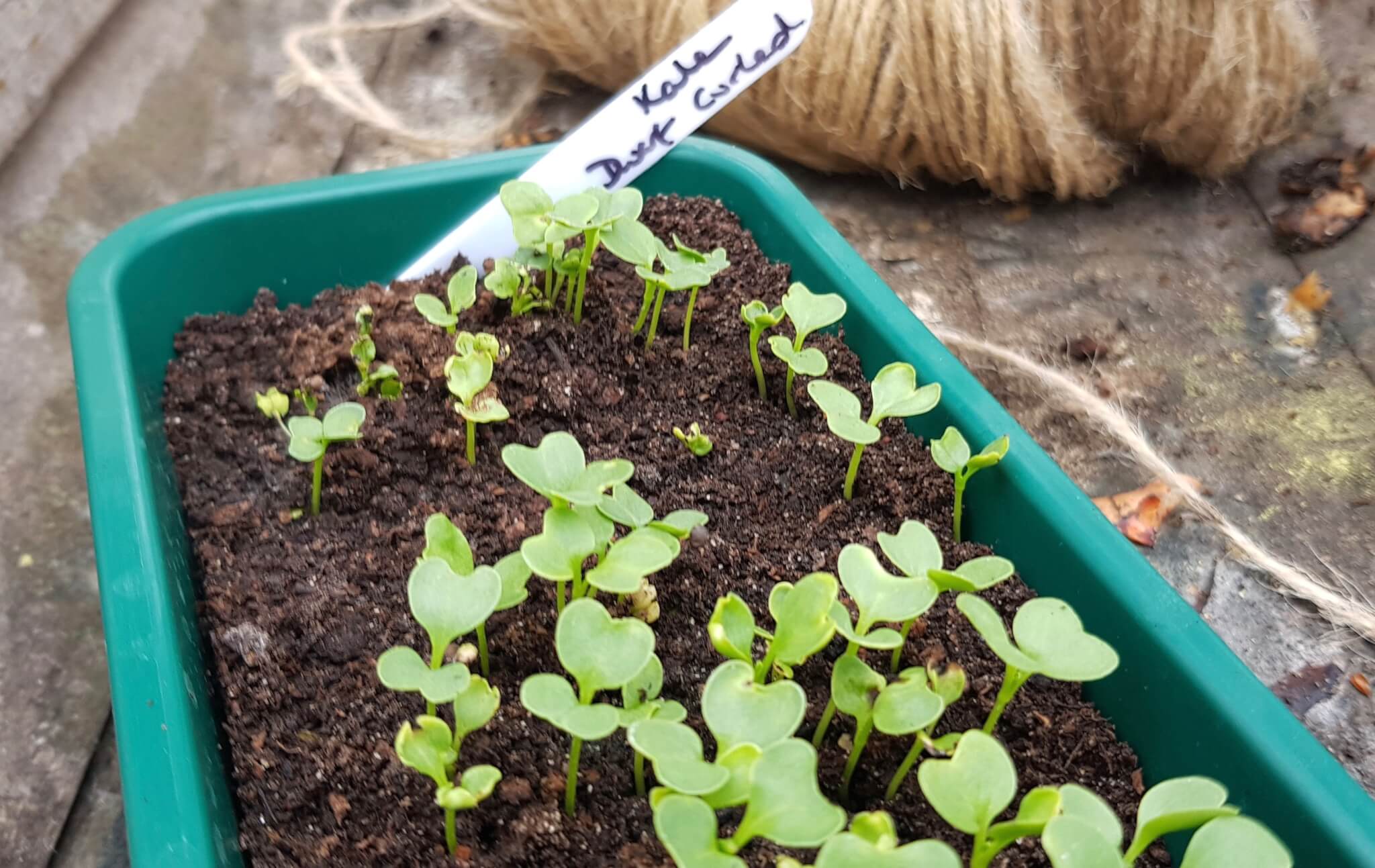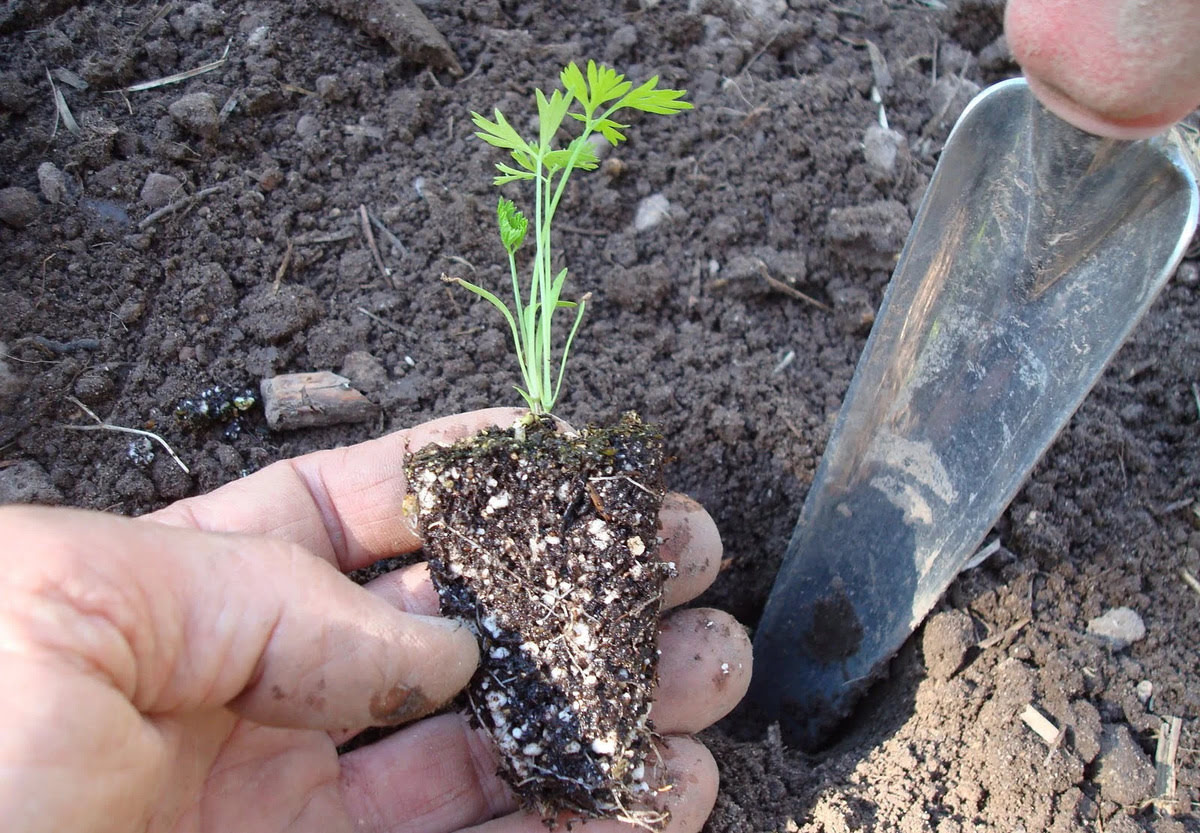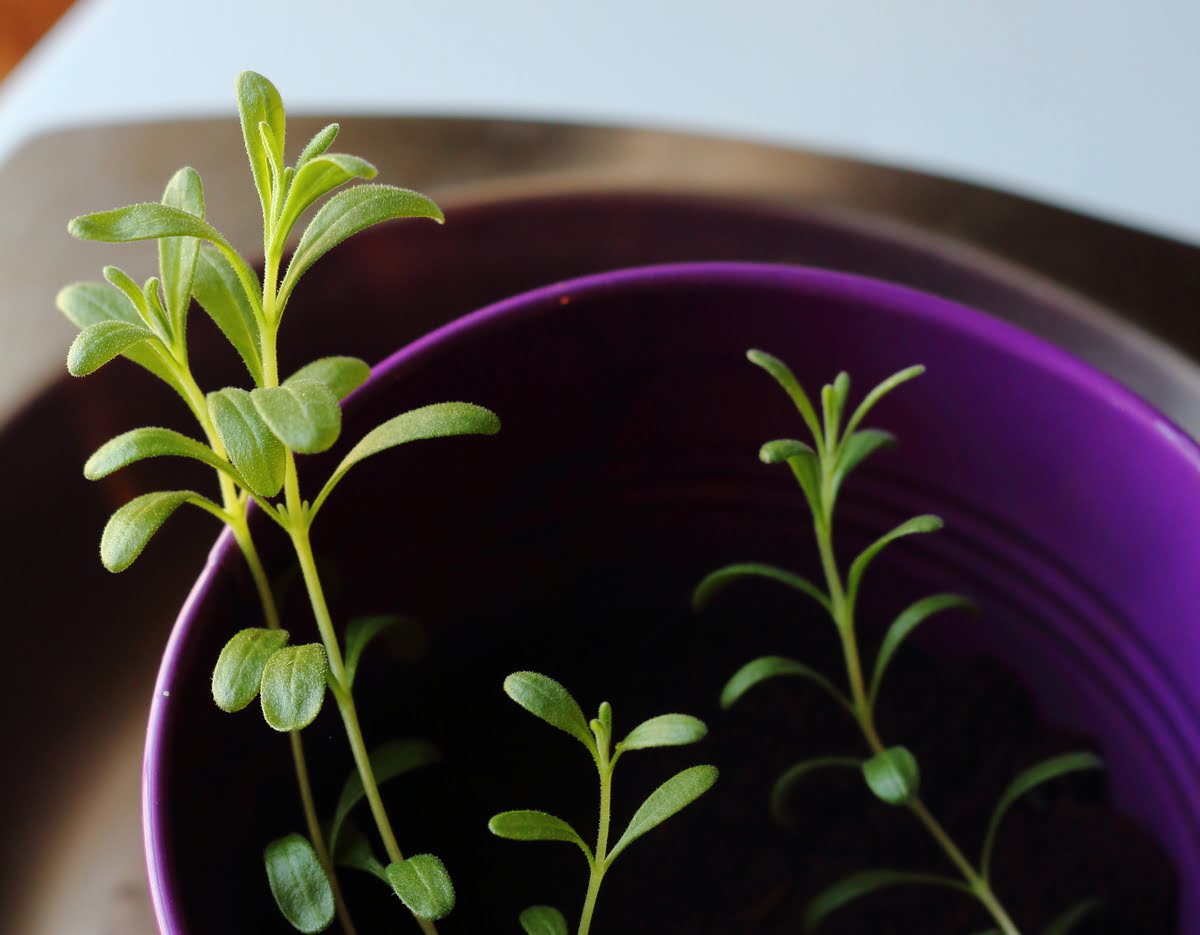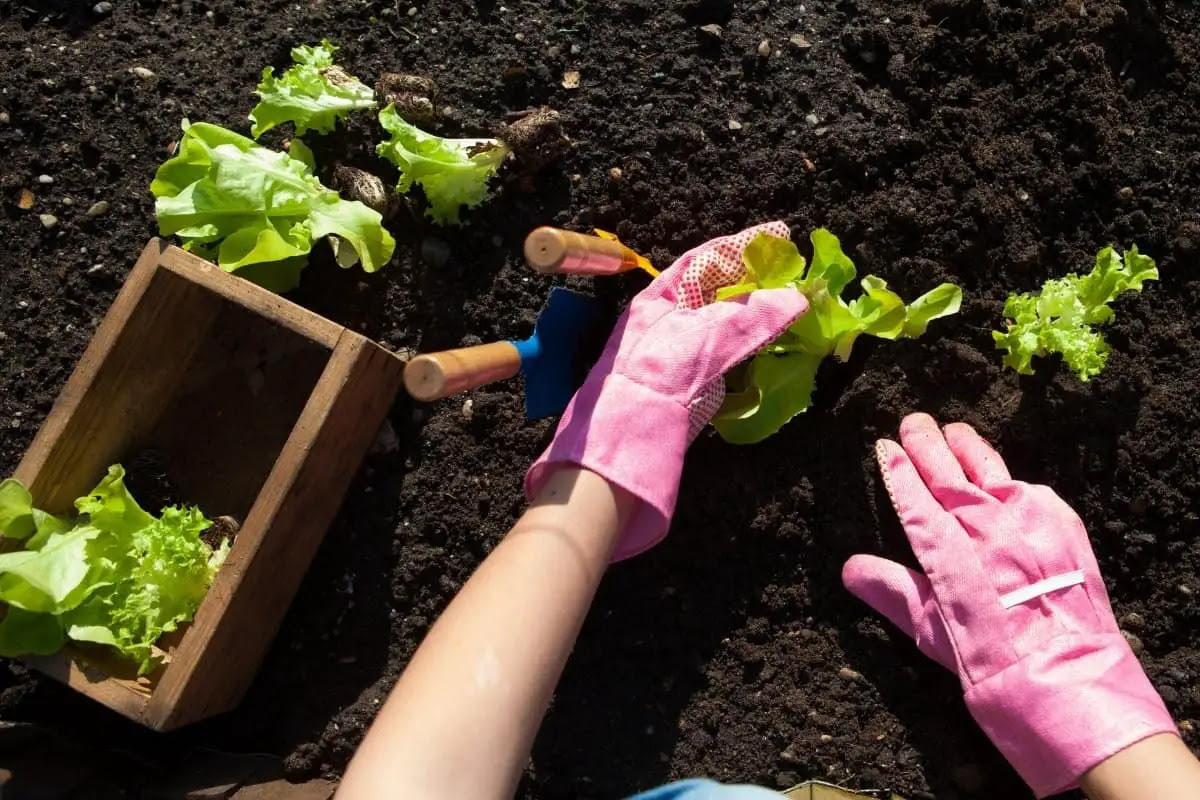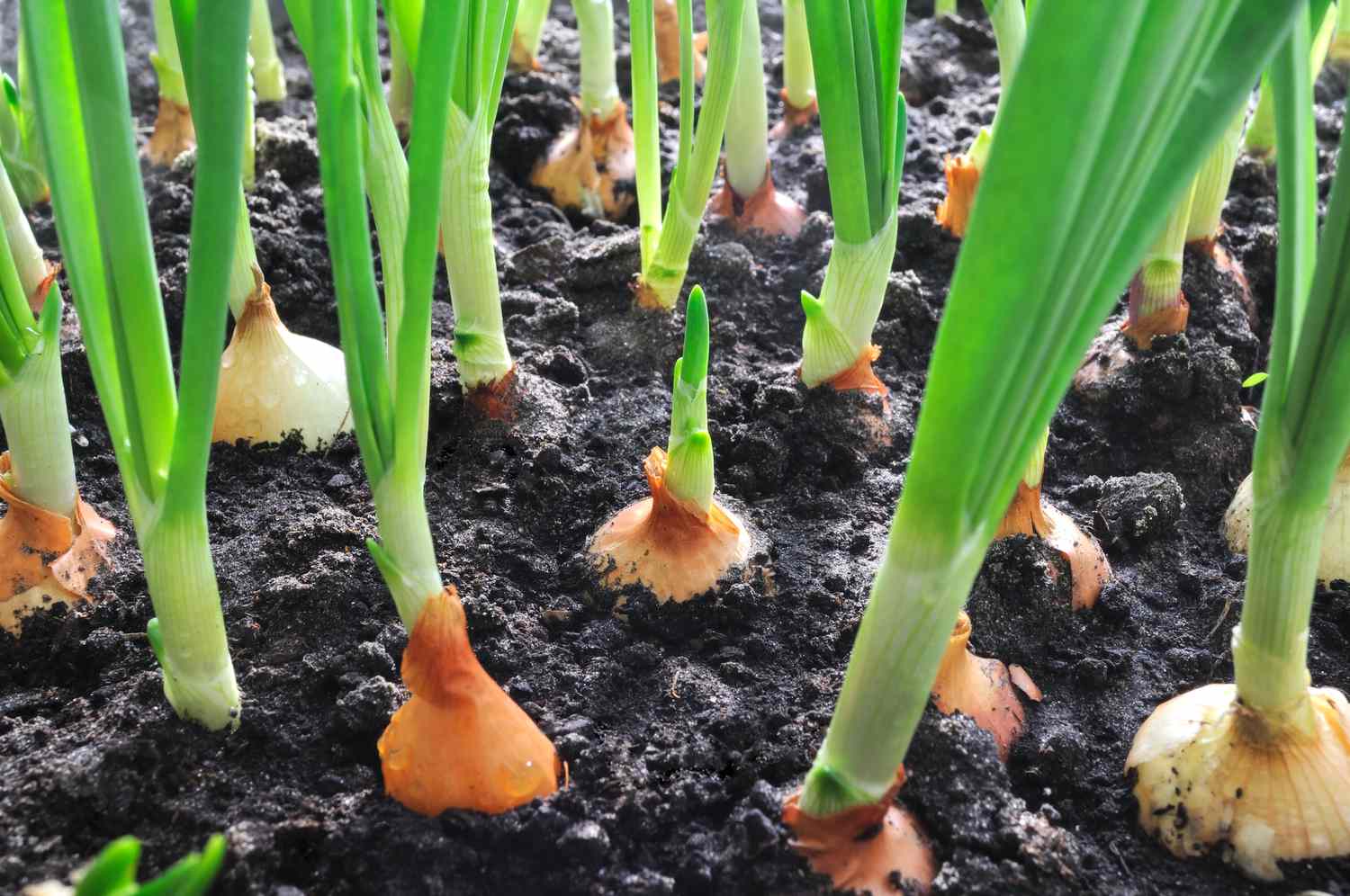Home>Gardening Techniques>Plant Care>When To Transplant Seedlings
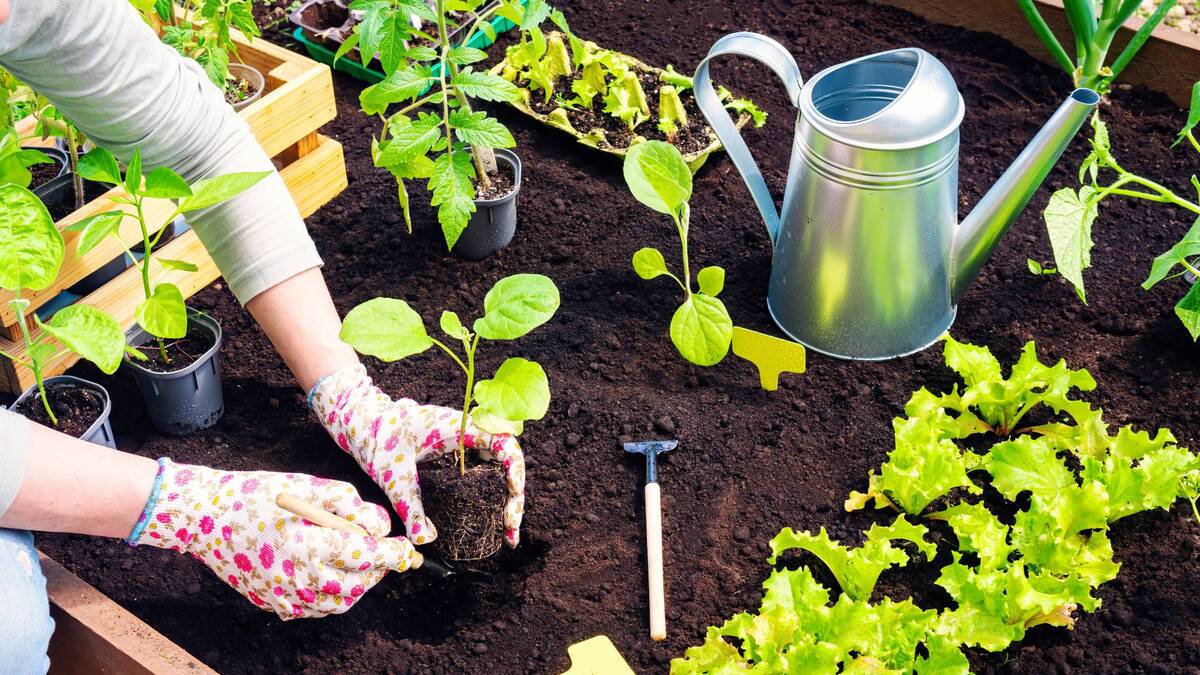

Plant Care
When To Transplant Seedlings
Modified: January 22, 2024
Learn the best time to transplant seedlings and important plant care tips. Ensure healthy growth and successful transplantation for your garden.
(Many of the links in this article redirect to a specific reviewed product. Your purchase of these products through affiliate links helps to generate commission for Chicagolandgardening.com, at no extra cost. Learn more)
Table of Contents
Introduction
Transplanting seedlings is an essential step in the plant care process that involves moving young plants from their original seedling trays into larger containers or directly into the garden. This delicate operation requires careful consideration and proper techniques to ensure the plant’s successful transition and continued growth. Whether you’re growing flowers, vegetables, or herbs, understanding when and how to transplant seedlings is crucial for their overall health and productivity.
When done correctly, transplanting helps seedlings establish stronger roots, access more nutrients and water, and ultimately thrive in their new environment. However, if done haphazardly or at the wrong time, it can result in transplant shock, stunted growth, or even the death of the plants.
In this article, we will explore the factors to consider before transplanting seedlings, signs that indicate they are ready for transplantation, the best time to transplant, step-by-step instructions on how to properly transplant seedlings, common mistakes to avoid, and tips for successful transplantation. By following these guidelines, you can ensure a smooth and successful transition for your seedlings.
Factors to Consider before Transplanting Seedlings
Before transplanting seedlings, there are several important factors to consider to ensure their successful adaptation to their new environment. By taking these factors into account, you can minimize transplant shock and give your plants the best chance of thriving.
1. Seedling Development: It is crucial to wait until your seedlings have developed strong root systems and sturdy stems. A general guideline is to wait until the seedlings have at least two to three true leaves. This indicates that they have established a stronger root structure to support growth.
2. Weather Conditions: Check the weather forecast before transplanting as extreme temperatures, high winds, or heavy rains can stress the seedlings. Ideally, choose a calm, overcast day with mild temperatures to minimize stress on the plants.
3. Soil Moisture: Ensure that the soil in the transplanting site is moist but not overly saturated. Water the area thoroughly a day or two before transplanting to allow the soil to settle and provide optimal conditions for the new roots.
4. Transplanting Destination: Consider where you plan to transplant the seedlings. Whether it be pots, containers, or directly into the garden, ensure that the new location provides adequate space, sunlight, and proper soil conditions for the specific plants you are transplanting.
5. Hardening Off: Seedlings that have been grown indoors or in a protected environment need to be gradually acclimated to outdoor conditions. This process, known as hardening off, involves exposing the seedlings to outdoor conditions for short periods over several days before transplanting. This helps them adjust to the intensity of the sun, temperature fluctuations, and wind.
6. Transplanting Tools: Prepare the necessary tools for transplanting, such as a transplanting trowel or a spoon, to carefully lift and transfer the seedlings. Ensure that the tools are clean and sharp to minimize damage to the delicate roots.
7. Pest and Disease Control: Before transplanting, inspect the seedlings for any signs of pests or diseases. If you notice any issues, it’s best to address them before moving the plants to prevent the spread of problems.
By considering these factors before transplanting your seedlings, you can provide the best conditions for their successful adaptation and growth. With proper care, your transplanted seedlings will have a higher chance of thriving in their new environment.
Signs that Seedlings are Ready for Transplanting
Determining the right time to transplant seedlings is crucial for their successful establishment in their new growing environment. Keeping an eye out for certain signs will help you identify when your seedlings are ready to be transplanted.
1. Strong Root Development: One of the key indicators that seedlings are ready for transplanting is the presence of a well-developed root system. Check the bottom of the seedling tray or container and look for roots that are healthy, white, and well-distributed. Avoid transplanting seedlings with weak, sparse, or damaged roots.
2. Sturdy Stem Structure: Seedlings should have strong and sturdy stems to support their growth after being transplanted. Look for seedlings that have thick stems and are standing upright without any signs of floppiness or bending.
3. Leaf Formation: Seedlings should exhibit several sets of true leaves before being transplanted. True leaves are the leaves that develop after the cotyledons or seedling leaves. These true leaves indicate that the seedlings are in the active growth phase and have sufficient energy reserves for successful transplanting.
4. Crowded Containers or Trays: If your seedlings are becoming overcrowded in their current containers or trays, it’s a clear sign that they need to be transplanted. Overcrowding can lead to competition for nutrients and stunted growth. Transplanting will provide the seedlings with more space and resources to continue their growth.
5. Established Size: Monitor the overall size of the seedlings. They should have reached a size appropriate for transplanting, depending on the specific plant variety. Seedlings that are too small and underdeveloped may struggle to recover from transplant shock, while those that are too large and root-bound may have a more challenging time adjusting to their new environment.
6. Resilience to Light and Wind: Gradually expose your seedlings to slightly harsher conditions, such as increased sunlight and gentle air movement, to evaluate their response. If the seedlings continue to grow and thrive without any negative effects, they are likely ready for transplanting. However, if they wilt or show signs of stress, they may need additional time to strengthen before being moved.
7. Time since Germination: Each plant species has a different recommended time frame for seedling transplantation. Research the specific plant type you are growing to understand the optimal timing for transplantation in terms of days or weeks after germination.
By observing these signs, you can confidently determine when your seedlings are ready for transplanting. Patience and careful attention to detail will ensure a successful transition for your plants towards healthy growth and productivity.
Best Time to Transplant Seedlings
The timing of transplanting seedlings plays a crucial role in their successful establishment and growth. Choosing the right time ensures that the seedlings have ideal conditions to adapt to their new environment and reduces the risk of transplant shock. While the specific timing may vary depending on the plant species and region, there are some general guidelines to consider.
1. Weather and Temperature: It is essential to wait until the risk of frost has passed before transplanting seedlings into the garden. Cold temperatures can damage or kill young plants. Additionally, extreme heat can stress the seedlings, so it’s best to avoid transplanting during periods of intense heat.
2. Seedling Development: Seedlings should have a well-developed root system and sturdy stems before transplanting. Waiting until the seedlings have two to three true leaves and their root systems have filled the container will increase their chances of successful transplantation.
3. Soil Conditions: The soil in the transplanting site should be well-prepared and moist but not waterlogged. Avoid transplanting seedlings during periods of heavy rain or when the soil is overly saturated, as it can lead to waterlogged roots and root rot.
4. Transplant Hardening Off: Gradually acclimate seedlings to outdoor conditions through a process called hardening off. This involves exposing them to outdoor conditions for a few hours a day, gradually increasing the duration and intensity of exposure over a period of a week or two. Transplant after the seedlings have successfully completed the hardening off process.
5. Time of Day: The best time to transplant seedlings is during the early morning or late afternoon when the temperatures are cooler and the sun’s intensity is lower. This reduces stress on the plants and allows them time to settle into their new location before the heat of the day.
6. Planting Schedule: Consider the planting schedule for the specific plant you are growing. Some plants prefer to be transplanted at a certain stage of growth, while others have specific timing based on the growing season or climate. Research the plant’s requirements to determine the best time for transplantation.
7. Transplanting Capacity: Consider the number of seedlings you need to transplant and your ability to care for them after transplantation. It’s best to stagger the transplanting process over several days to ensure that each seedling receives proper care and attention.
By considering these factors and following the general guidelines, you can determine the best time to transplant your seedlings and provide them with the optimal conditions for a successful transition and continued growth.
Steps to Transplant Seedlings Properly
Transplanting seedlings involves a delicate process to ensure their seamless transition from the seedling trays to their permanent growing location. By following these steps, you can maximize the chances of successful transplantation and promote the healthy growth of your plants.
1. Prepare the Transplanting Area: Before transplanting, prepare the new planting area by loosening the soil, removing any weeds or debris, and incorporating organic matter or compost for improved nutrient content and drainage.
2. Water the Seedlings: Water the seedlings thoroughly a few hours before transplanting. Moist soil will help the root ball hold together during the transplantation process.
3. Dig the Transplanting Hole: Dig a hole in the transplanting area that is slightly larger than the root ball of the seedling. The depth should be such that the top of the root ball sits level with the surrounding soil.
4. Remove the Seedling: Carefully remove the seedling from its current container without damaging the delicate roots. Gently loosen the root ball if it is tightly bound.
5. Place the Seedling in the Hole: Lower the seedling into the transplanting hole, making sure it sits centered and upright. Avoid bending or kinking the roots as this can hinder growth.
6. Backfill the Hole: Fill the hole around the seedling with soil, gently pressing it down to ensure good contact with the roots. Leave a slight indentation to hold water around the base of the plant.
7. Water the Transplanted Seedling: After transplanting, water the seedling thoroughly to help settle the soil and reduce any air pockets around the root ball. Provide enough water to saturate the soil, but avoid overwatering.
8. Provide Support (if necessary): Some seedlings may require support, particularly tall or top-heavy plants. Use stakes or cages to support the seedlings, securing them loosely to avoid damaging the stems.
9. Monitor and Care for Transplanted Seedlings: Keep a close eye on the transplanted seedlings in the days following transplantation. Ensure they receive adequate water, protect them from harsh weather conditions, and monitor for any signs of stress or disease.
10. Gradually Introduce Sunlight: If the seedlings were started indoors or in a protected environment, gradually introduce them to direct sunlight over a few days. This will help them adjust to the increased light intensity and reduce the risk of leaf burn.
By following these steps, you can transplant your seedlings properly, giving them the best chance of healthy growth and successful establishment in their new growing location.
Common Mistakes to Avoid When Transplanting Seedlings
Transplanting seedlings may seem like a straightforward process, but there are several common mistakes that can negatively impact the success of the transplantation. By being aware of these mistakes and taking steps to avoid them, you can increase the chances of a smooth transition for your seedlings.
1. Transplanting Too Early: One of the most common mistakes is transplanting seedlings too early. It’s essential to wait until the seedlings have developed strong root systems and sturdy stems to withstand the transplantation process.
2. Damaging the Roots: Rough handling or inadequate care while removing seedlings from their containers can damage the delicate roots. Handle the seedlings with care and take the time to gently loosen the root ball if it is tightly bound.
3. Transplanting in Unsuitable Weather: Avoid transplanting seedlings during extreme weather conditions such as high heat, strong winds, or heavy rains. These conditions can stress the seedlings and impede their ability to adapt to their new environment.
4. Improperly Digging Transplanting Holes: Digging holes that are too small or too deep can affect the root growth and stability of the seedlings. Ensure that the holes are slightly larger than the root balls and at the appropriate depth to promote healthy growth.
5. Incorrect Backfilling: Improperly backfilling the transplanting hole or leaving air pockets around the roots can impede nutrient uptake and lead to poor plant growth. Gently press the soil around the roots to eliminate any air gaps.
6. Over or Underwatering: Both overwatering and underwatering can have detrimental effects on transplanted seedlings. Find the right balance by watering thoroughly after transplantation and then maintaining a consistent watering schedule based on the needs of the specific plant variety.
7. Planting Too Deep: Planting seedlings too deep can suffocate the stems and lead to rotting. Ensure that the soil level is even with or slightly above the top of the root ball.
8. Ignoring Transplant Shock: Transplanted seedlings may experience a period of shock as they adjust to their new environment. Monitor the plants closely and provide extra care and attention during this critical phase.
9. Failing to Harden Off Seedlings: Neglecting to gradually expose seedlings to outdoor conditions through the hardening off process can result in stress or damage to the plants. Take the time to acclimatize seedlings before transplanting them into the garden.
10. Neglecting Post-Transplant Care: Once transplanted, seedlings require proper care and attention to ensure their successful establishment. Monitor their water needs, protect them from pests and extreme weather conditions, and provide support if necessary.
By avoiding these common mistakes, you can significantly improve the success rate of transplanting seedlings and promote healthy growth and development in your plants.
Tips for Successful Transplanting of Seedlings
Transplanting seedlings can be a critical step in their growth, and with proper techniques and care, you can increase their chances of thriving in their new environment. Here are some valuable tips to ensure successful transplantation of your seedlings:
1. Timing is Key: Transplant seedlings at the appropriate time when they have developed strong roots and sturdy stems. Follow the recommendations for the specific plant variety you are growing.
2. Prepare the Transplanting Site: Prepare the transplanting area in advance by loosening the soil, removing weeds, and incorporating organic matter to improve drainage and nutrient content.
3. Handle with Care: Handle the seedlings gently, avoiding damage to their delicate roots. Hold them by their leaves or root ball and avoid touching the stem as much as possible.
4. Water Properly: Water the seedlings thoroughly a few hours before transplanting to help the roots hold together during the transplantation process. Avoid overwatering, as saturated soil can lead to root rot.
5. Provide Ample Space: Ensure adequate spacing between transplanted seedlings to allow for proper airflow and room for growth. Crowding can lead to competition for nutrients and stunted growth.
6. Protect from Elements: Shield transplanted seedlings from harsh weather conditions, such as excessive heat, strong winds, or heavy rains. Consider using temporary shelters, like row covers or cloches, to protect them until they become more established.
7. Mulch for Moisture: Apply a layer of organic mulch around the base of the seedlings to help retain moisture, regulate soil temperature, and reduce weed competition. Leave a small gap around the stem to prevent stem rot.
8. Gradually Introduce Sunlight: Gradually acclimate indoor-grown seedlings to direct sunlight by exposing them to increasing amounts of sunlight over several days. This helps prevent sunburn and shock due to sudden exposure to intense sunlight.
9. Encourage Strong Roots: Water the transplanted seedlings deeply, encouraging root growth to reach deep into the soil. This helps plants access nutrients and ensures their stability and resilience.
10. Regular Monitoring: Monitor transplanted seedlings regularly for signs of stress, nutrient deficiencies, pests, or diseases. Catching issues early allows for prompt intervention and corrective measures.
11. Adjust Care as Needed: Observe the individual needs of your transplanted seedlings and make adjustments to their care accordingly. This may include adjusting watering frequency, providing additional support, or applying organic fertilizers.
By following these tips, you can significantly improve the success of transplanting seedlings and promote their healthy growth and establishment in their new environment.
Conclusion
Transplanting seedlings is a crucial step in plant care that requires careful consideration and proper techniques. By understanding the factors to consider, signs of readiness, and the best timing for transplantation, you can ensure the successful establishment and growth of your seedlings.
Remember to assess the development of the seedlings, choose the ideal weather conditions, and prepare the transplanting site properly. Avoid common mistakes like damaging the roots, planting too deep, or neglecting post-transplant care.
Follow the recommended steps, handle the seedlings with care, and provide them with the necessary support and care as they adapt to their new surroundings. By following tips such as timing the transplantation correctly, preparing the seedlings for outdoor conditions, and giving them adequate space and resources, you can increase their chances of thriving.
Regular monitoring, adjustment of care, and taking prompt action to address any issues or challenges that arise will contribute to the success of your transplanted seedlings. Remember, each plant species has its own unique requirements, so research and understand the specific needs of the seedlings you are transplanting.
By implementing these guidelines, you can ensure a smooth and successful transition for your seedlings, setting the stage for healthy growth, abundant yields, and beautiful blooms in your garden.

